This shop has been compensated by Collective Bias, Inc. and its advertiser. All opinions are mine alone. #DIYOilChange #CollectiveBias
Our family is all about saving money and one way we do that is by changing our own oil. The most important thing you can do for your car is change the oil on time and use a high-quality motor oil such as Pennzoil Platinum full synthetic. It is specially formulated to give your engine complete protection from wear and engine sludge. If you think about the RPMs your engine runs at, those interior parts move very quickly, which will cause high heat and friction. Friction causes wear. Protecting your engine from worn out parts is crucial to the longevity of your engine. It also makes for better fuel economy, increased horsepower, and excellent performance in extreme temperatures. Pennzoil Platinum full synthetic motor oil is also backed by a 10-year/300,000 mile lubrication limited warranty, which to me is driving peace of mind.
I’ve been changing my own oil as long as I’ve been driving and there is something about working on my own car that gives me a feeling of pride and being one with my car. I feel like I know what is going on and I can see when something is a possible problem.
“Always use standard safety procedures when changing your oil. If you need help, you can always refer to your own vehicle’s owner manual before changing your oil.”
Changing your own oil is super easy!
And working with a quality product like Pennzoil Platinum Full Synthetic is the key ingredient!
Here is a step-by-step tutorial to show you how easy it really is.
Whenever working on a car, SAFETY is always the first step. I always start by placing a brick behind the back tire. This prevents the vehicle from rolling when I begin to jack up the front end. I also use jack stands as well, hydraulic lifts are great but could fail, so I find the jack stands are a better option. You need to be safe whenever you are working under a car.
Now that the vehicle is in the air, you can locate the oil pan. It will have a bolt on the back side and by process of elimination, you can find the right size socket to remove that bolt. You will want to position the oil drain pan so that the oil will drain into it and not the garage floor. Remember it will flow out like a garden hose held out straight. Make sure to take that into account. Once you have drained out all the old oil, replace the bolt and tighten it good and snug.
Now we get to the tricky part. Unlike the oil pan, which is always in about the same area of the under body, the oil filter can be in several different places, and not always easy to reach. Nevertheless a little poking around and you should be able to find it. Depending on where your oil was changed last you may need a wrench to remove your old filter. It can be like taking a tight lid off of a jar and a piece of rubber can help in the same way. You will need to make sure the oil drain pan is again positioned under the filter. Once it is removed, you need to do two things.
- First, make sure the old gasket is still on the old filter, two gaskets are not better than one.
- Second, you need to dip your finger in the old oil and lube the new gasket on the new filter. Then reinstall the new filter. You don’t need to over tighten your filter, just get it snug then about one whole turn should do the trick. Doing it yourself this way will make it much easier to remove next time.
The hardest work is behind you. Next you need to remove the oil fill cap, place a funnel in the opening, and fill the car with about 3 to 4 quarts of oil. Then remove the funnel and replace the cap.
Next you need to start the car. The reason for this is so the NEW filter will fill up with fresh oil. You only run the car until the oil light in the dashboard goes out (please see picture above where oil light is). It only takes a few seconds. You now check the dipstick to see where you are at. It will definitely say you are still too low, so you will need to add another quart of oil. Recheck the dipstick. It should have oil on it now and this will tell you how much more you will need to add to fill it completely. DO NOT OVERFILL!! Be careful at this point to add a little at a time until full.
CONGRATS – YOU HAVE JUST CHANGED YOUR OWN OIL!!
Disposal is the final step. Luckily my friends at Autozone can take care of that for me. I keep a 5-gallon bucket with the lid securely fastened and dump that drain pan through a funnel into the bucket. After a couple of oil changes I take the bucket in and they will dispose of it properly. Returning my bucket for next time.
Here are 3 reasons to change your own oil:
- When you do it yourself, you personally know the person working on your car
- No long lines – you change it when you have time.
- It keeps your car healthy so it will run longer.
Do you change your own motor oil? If so, have you tried the Pennzoil Platinum full synthetic motor oil?

This post may contain affiliate links. Read my complete Disclosure Policy Here



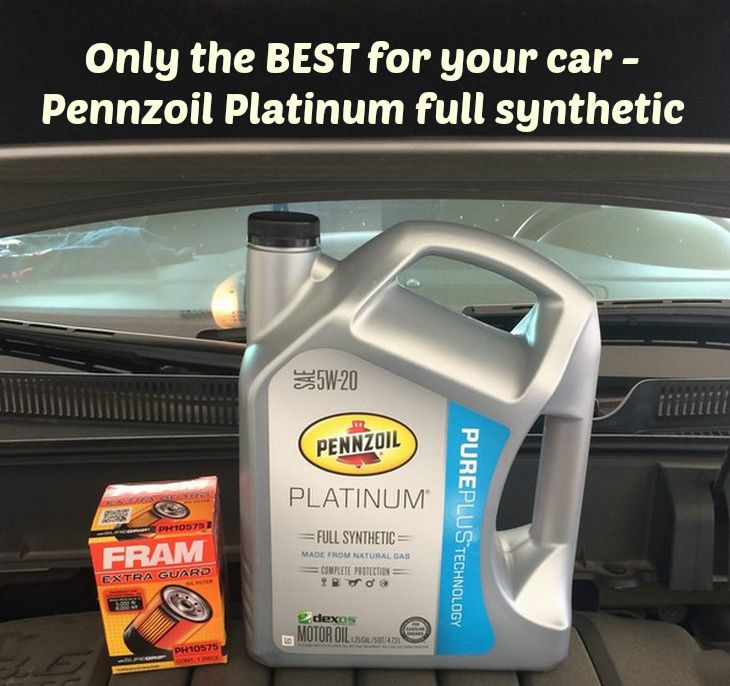
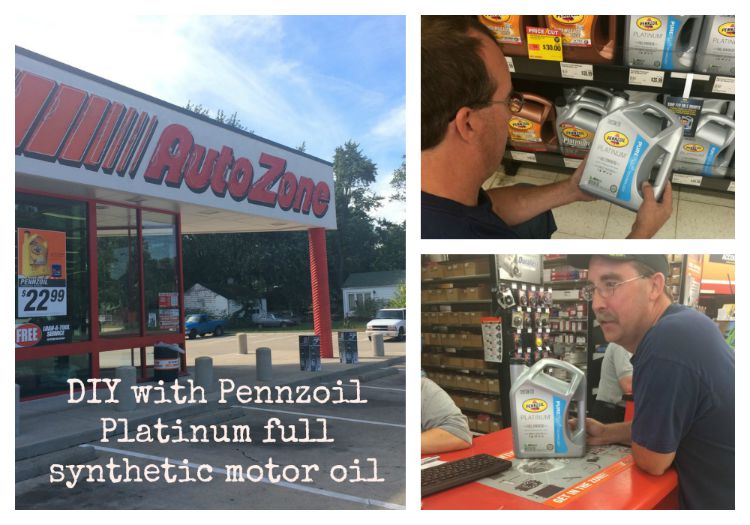
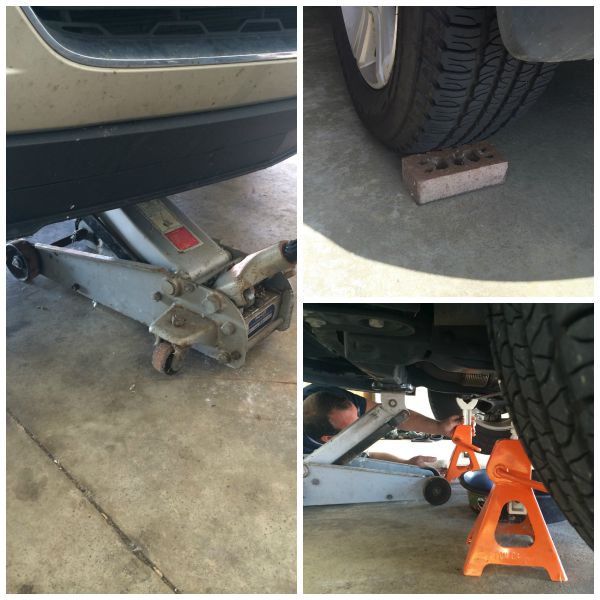
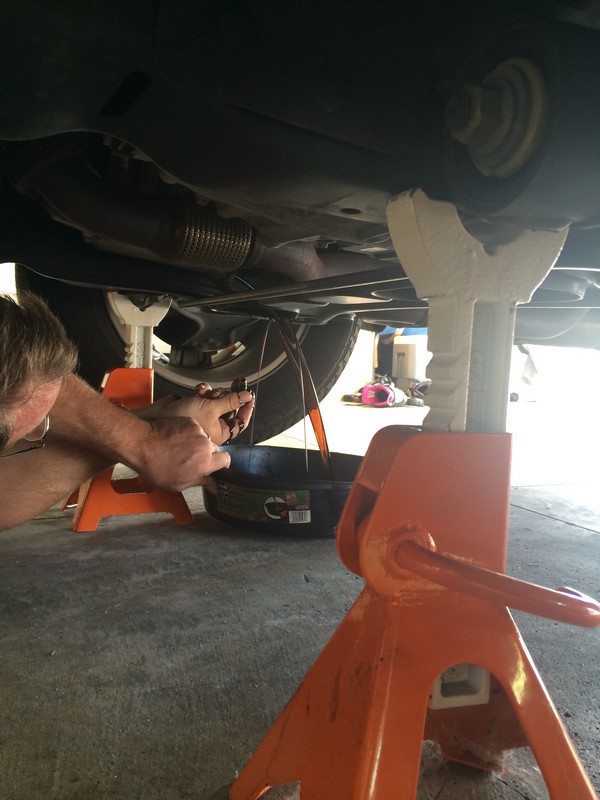
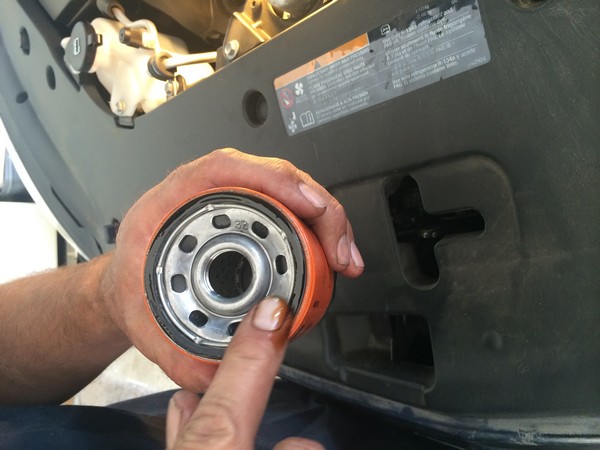
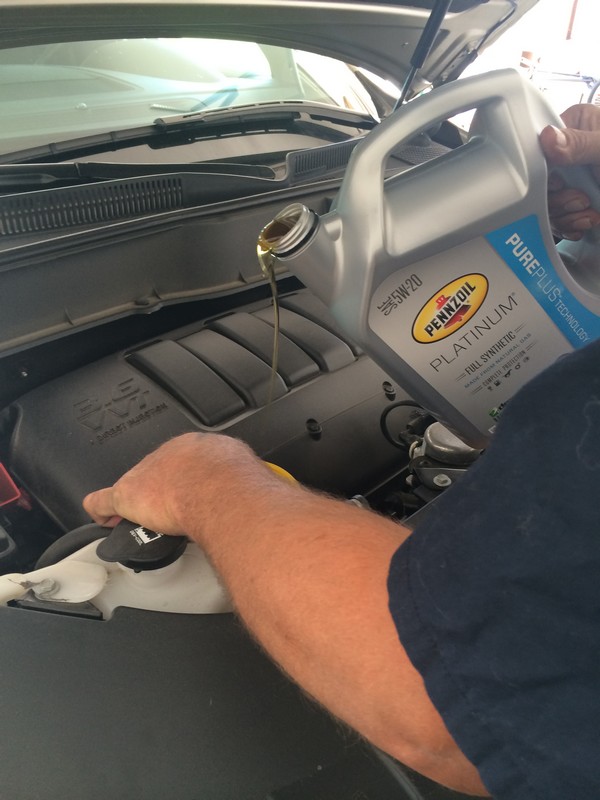
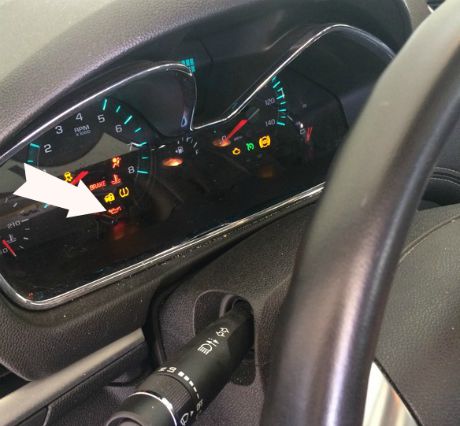
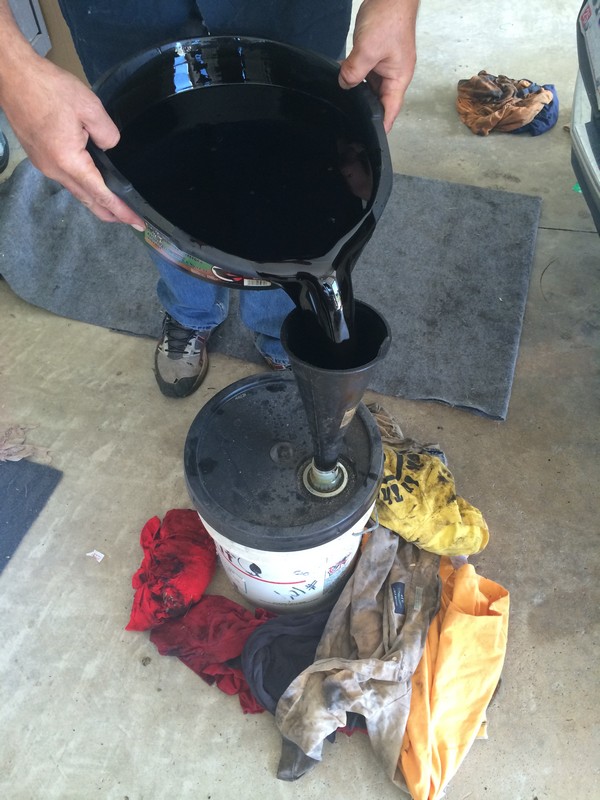
 My name is Joni Meyer-Crothers and I run this couponing/money-saving blog along with my husband, Jamie. We love to show others how to save money in a BIG way! We do all the work for you. . we do the matchups and show you where to get the coupons, many FREE printable coupons. Sit back and follow the blog and watch your savings increase! Couponing is a ministry for our family as we we love to show others how to save and share from their couponing harvest!
My name is Joni Meyer-Crothers and I run this couponing/money-saving blog along with my husband, Jamie. We love to show others how to save money in a BIG way! We do all the work for you. . we do the matchups and show you where to get the coupons, many FREE printable coupons. Sit back and follow the blog and watch your savings increase! Couponing is a ministry for our family as we we love to show others how to save and share from their couponing harvest!
